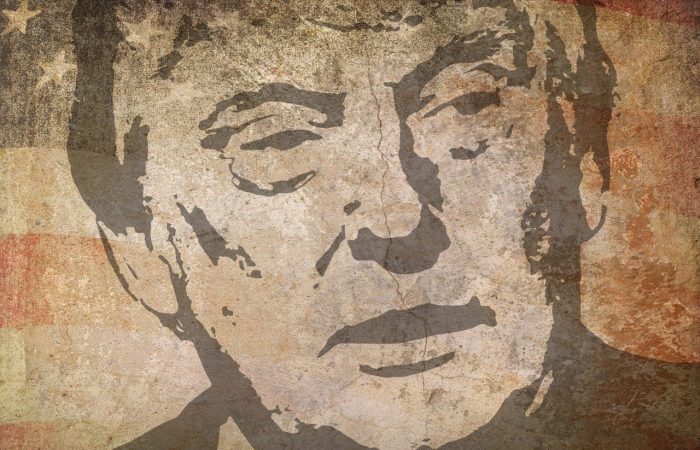On June 3, 2025, US President Trump issued a proclamation doubling US tariffs on imports of aluminum and steel from 25% to 50%. The new tariffs took effect on 4 June and apply to all aluminum and steel products and their derivatives.
What has changed?
The new tariffs were imposed under Section 232 of the Trade Expansion Act of 1962, a legal provision that allows the US to apply trade restrictions on national security grounds. According to the proclamation, earlier tariff measures had not sufficiently revived domestic capacity utilization in the US steel and aluminum industries.
Key points include:
- Tariff increase: All imports of aluminum and steel (and derivative articles) are now subject to a 50% tariff, up from 25%.
- UK carveout: Products originating in the UK remain at the 25% rate, unless the UK is found to be non-compliant with the new US-UK trade agreement.
- Revised tariff stacking: In cases where multiple trade measures apply, the Section 232 tariffs now take precedence over other tariffs, including those imposed under the IEEPA (e.g., on fentanyl-related products).
- New calculation method: Importers must now report the exact aluminum and/or steel content of imported goods. The tariff is applied proportionally, based on that metal content.
- No drawback available: Refunds for re-exported goods (duty drawback) remain unavailable under Section 232.
This tariff regime is retroactive to March 4, 2025, for purposes of refund eligibility — but the new stacking order applies only to goods entered on or after June 4, 2025. It should be noted that the United Kingdom is exempt from the latest increase, as it is still in negotiation with the U.S..
Earlier US measures: March 2025 tariffs
The June 2025 measures build upon earlier tariffs announced in March. At that time, the Trump administration reintroduced several of the tariffs first imposed in 2018, along with additional duties on European goods.
The March 12 measures included:
- An increase in aluminum tariffs from 10% to 25%.
- Reimposing the 2018 Section 232 tariffs on products such as steel tubes, wire, and tin foil.
- New tariffs on aluminum and steel products including cookware and window frames.
- New tariffs on goods partially made of aluminum or steel, such as machinery, gym equipment, and certain appliances.
Continuous tensions
Doubling the existing tariffs on steel and aluminum marks a new step in Trump’s tariff-centered trade policy. Recently, Trumps earlier announced ‘reciprocal tariffs’ were ruled unlawful by the U.S. Court of International Trade. The court found that the president had exceeded his authority under the International Emergency Economic Powers Act (IEEPA), which does not explicitly authorize tariffs. Although the ruling imposes a permanent injunction, the administration has appealed, leaving the outcome uncertain. However, the steel and aluminum tariffs were not a part of the ruling, and therefore the most recent increase has direct effect.
At present, the EU has not yet formulated a response to the new tariff increase. It remains to be seen how the international community reacts to the fluctuations in Trump’s policies. Tariffs in global trade can increase costs, which are then passed on to consumers. For Dutch traders, this may result in higher import costs, potentially weakening their competitive position. Moreover, price increases could lead to reduced demand for certain products. It is therefore crucial for Dutch businesses to prepare for the impact of these tariffs on their operations.
This publication is provided for informational purposes only and does not constitute legal advice.
More information
If you have any questions regarding the content of this article or its implications for your business, please reach out to our Trade, Industry, and Logistics team.




